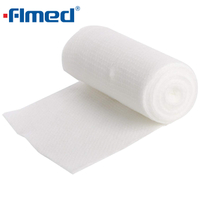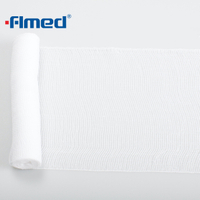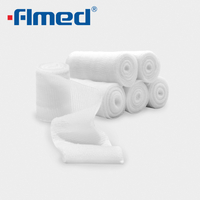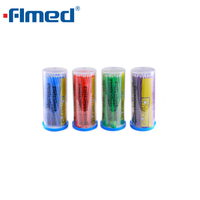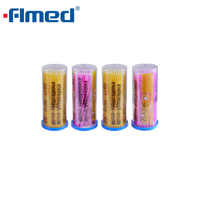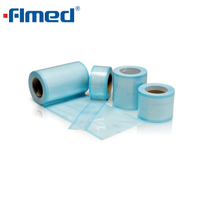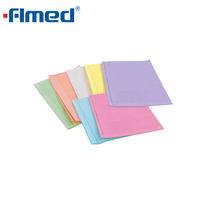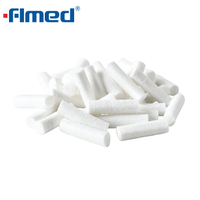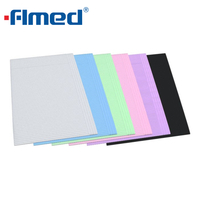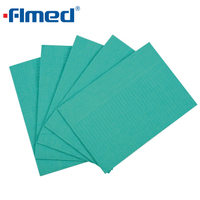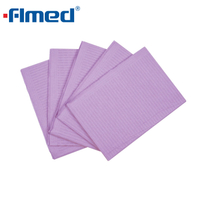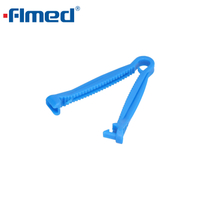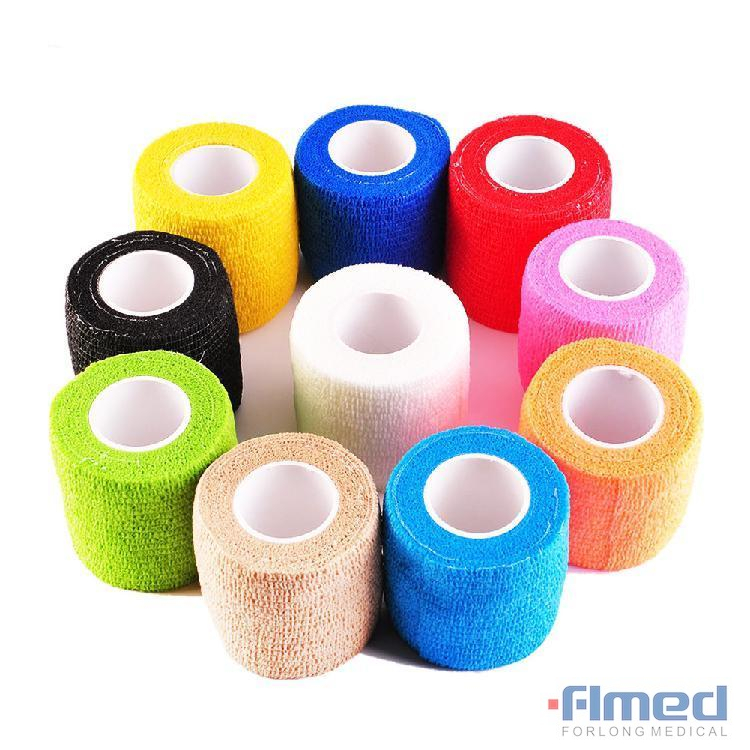
Proper wound dressing techniques are crucial for promoting optimal healing and maintaining proper hygiene. In this article, we will delve into the understanding of wounds and the healing process, exploring the various stages involved in the body's natural healing mechanism. Additionally, we will discuss essential wound dressing techniques that can help facilitate the healing process and prevent infection. Furthermore, we will highlight additional considerations to ensure optimal wound healing, including the importance of regular wound inspection, appropriate dressing selection, and proper wound care. Whether you are a healthcare professional or simply interested in learning more about wound care, this article will provide valuable insights and guidance on how to effectively dress wounds for optimal healing and hygiene.
Understanding Wounds and Healing Process
Wounds are a common occurrence in our daily lives, ranging from minor cuts and scrapes to more serious injuries. The healing process of wounds is a fascinating and complex mechanism that our bodies employ to restore damaged tissues and return us to a state of wellness. Understanding this process can help us take better care of our wounds and facilitate a faster healing time.
One crucial aspect of wound care is the proper application of wound dressings. Wound dressings play a pivotal role in creating an optimal environment for healing. They provide a barrier against bacteria and other harmful pathogens, while also absorbing excess moisture and promoting a moist wound healing environment. The use of appropriate wound dressings helps prevent infections and aids in the regeneration of new tissue.
In recent years, advancements in wound dressing technology have revolutionized the field of wound care. From traditional gauze dressings to more advanced options like hydrocolloids, foams, and films, there is now a wide range of choices available. Each type of dressing has its own unique properties and benefits, making it essential to select the most suitable option for a specific wound.
The healing process of wounds can be divided into four main phases: hemostasis, inflammation, proliferation, and remodeling. During the hemostasis phase, the body initiates clotting to stop bleeding and forms a temporary scab. Inflammation follows, characterized by redness, swelling, and heat around the wound. This phase involves the recruitment of immune cells to fight off any potential infections.
The proliferation phase is where the actual healing takes place. New blood vessels are formed, and collagen production increases, aiding in the formation of new tissue. Finally, in the remodeling phase, the newly formed tissue undergoes maturation and reorganization to restore the wound's strength and functionality.
Proper wound care during each phase of the healing process is crucial. This includes regular cleaning and disinfection, as well as the application of suitable wound dressings. It is important to note that not all wounds heal at the same rate, and factors such as age, overall health, and the type of wound can influence the healing timeline.
Essential Wound Dressing Techniques
Wound dressing is an essential aspect of healthcare that aims to promote healing and prevent infection in wounds. Proper wound dressing techniques play a crucial role in ensuring optimal recovery and reducing the risk of complications. There are several key steps involved in effective wound dressing.
Firstly, it is important to thoroughly clean the wound before applying any dressing. This helps remove any debris or foreign particles that may hinder the healing process. Cleaning can be done using a gentle stream of saline solution or a mild antiseptic solution. Care should be taken to avoid excessive force or scrubbing, as this can damage the delicate tissues surrounding the wound.
Once the wound is clean, the next step is to choose an appropriate dressing. There are various types of dressings available, including adhesive dressings, hydrocolloid dressings, and foam dressings, among others. The choice of dressing depends on the type and severity of the wound, as well as the level of exudate (fluid) produced by the wound.
After selecting the appropriate dressing, it should be applied carefully to ensure proper coverage of the wound. The dressing should be large enough to cover the entire wound surface and extend slightly beyond the edges. This helps protect the wound from external contaminants and provides a conducive environment for healing.
In addition to proper application, regular monitoring of the wound is essential. This involves checking for signs of infection, such as increased redness, swelling, or discharge. Any changes in the wound should be promptly reported to a healthcare professional for further evaluation and treatment.
Furthermore, it is crucial to change the dressing regularly as per the healthcare provider's instructions. This helps maintain a clean and sterile environment, preventing the buildup of bacteria and promoting faster healing. During the dressing change, it is important to follow proper hand hygiene techniques to minimize the risk of contamination.
Additional Considerations for Optimal Wound Healing
When it comes to wound healing, there are several additional considerations that can optimize the healing process. One important factor to consider is the type of wound dressing used. Wound dressings play a crucial role in protecting the wound from infection and promoting healing. There are different types of wound dressings available, including gauze, hydrocolloids, foams, and films, each with their own benefits and uses.
Gauze dressings are the most commonly used dressings and are effective in absorbing wound exudate. They can be used on both dry and wet wounds. Hydrocolloid dressings, on the other hand, are thicker and provide a moist environment for wound healing. They are particularly useful for wounds with minimal exudate and can help promote faster healing.
Foam dressings are highly absorbent and can be used on wounds with moderate to heavy exudate. They provide a cushioning effect and help maintain a moist environment for optimal wound healing. Film dressings, on the other hand, are thin and transparent and provide a barrier against bacteria and water. They are ideal for superficial wounds and can be left in place for several days.
In addition to wound dressings, there are other considerations that can optimize wound healing. One such consideration is maintaining a clean and moist wound bed. Keeping the wound clean and moist can prevent the formation of scabs and promote the growth of new tissue. This can be achieved by using appropriate wound dressings and regularly cleaning the wound with a mild antiseptic solution.
Another consideration is the importance of nutrition in wound healing. A well-balanced diet that is rich in protein, vitamins, and minerals can provide the necessary nutrients for the body to heal wounds. It is important to include foods such as lean meats, fruits and vegetables, whole grains, and dairy products in the diet to support optimal wound healing.
Proper wound care is also essential for optimal wound healing. This includes regularly changing the wound dressing, monitoring for signs of infection, and seeking medical attention if necessary. It is important to follow the healthcare provider's instructions for wound care and to keep the wound clean and protected.
Conclusion
Understanding the intricacies of wound healing is crucial for effective wound care management. The use of appropriate wound dressings, along with diligent wound care practices, can significantly contribute to the healing process. Taking proactive steps to promote wound healing can ensure faster recovery and minimize the risk of complications. Wound dressing techniques, including thorough cleaning, selecting the right dressing, proper application, regular monitoring, and timely dressing changes, are vital for promoting healing and preventing complications. Healthcare professionals should consult a healthcare provider for personalized advice and treatment options, as each wound is unique. Additional considerations for optimal wound healing include choosing the right wound dressing, maintaining a clean and moist wound bed, ensuring proper nutrition, and practicing good wound care. By considering these factors, individuals can help facilitate the healing process and prevent complications.

 English
English
